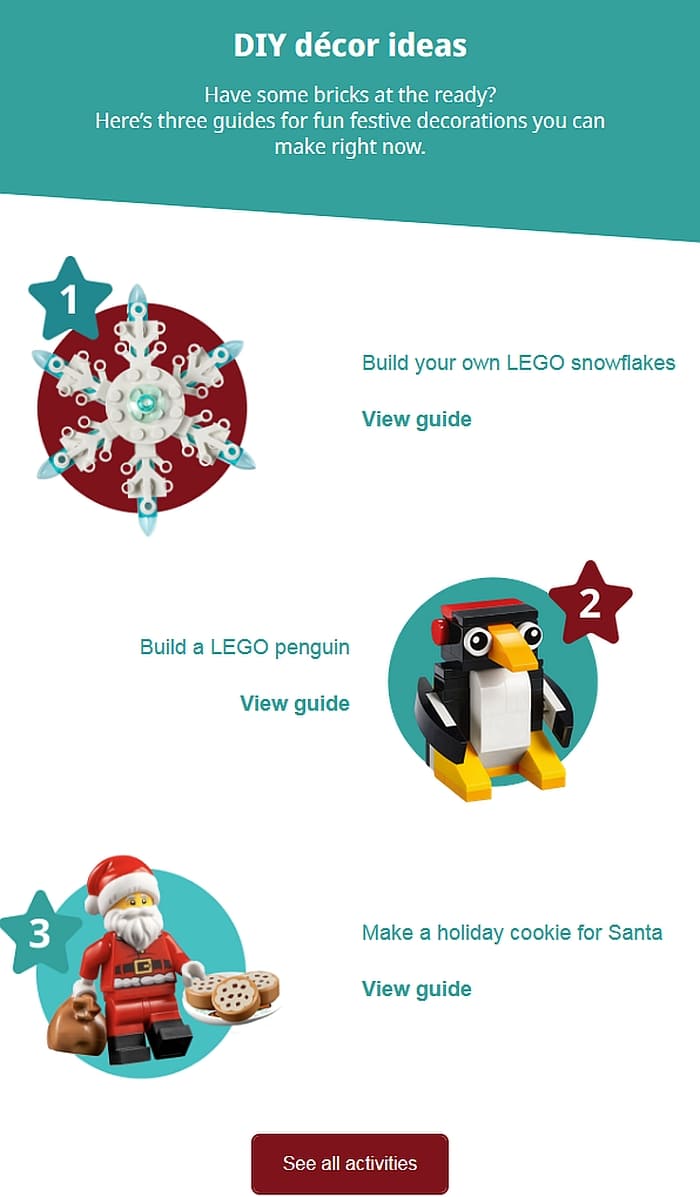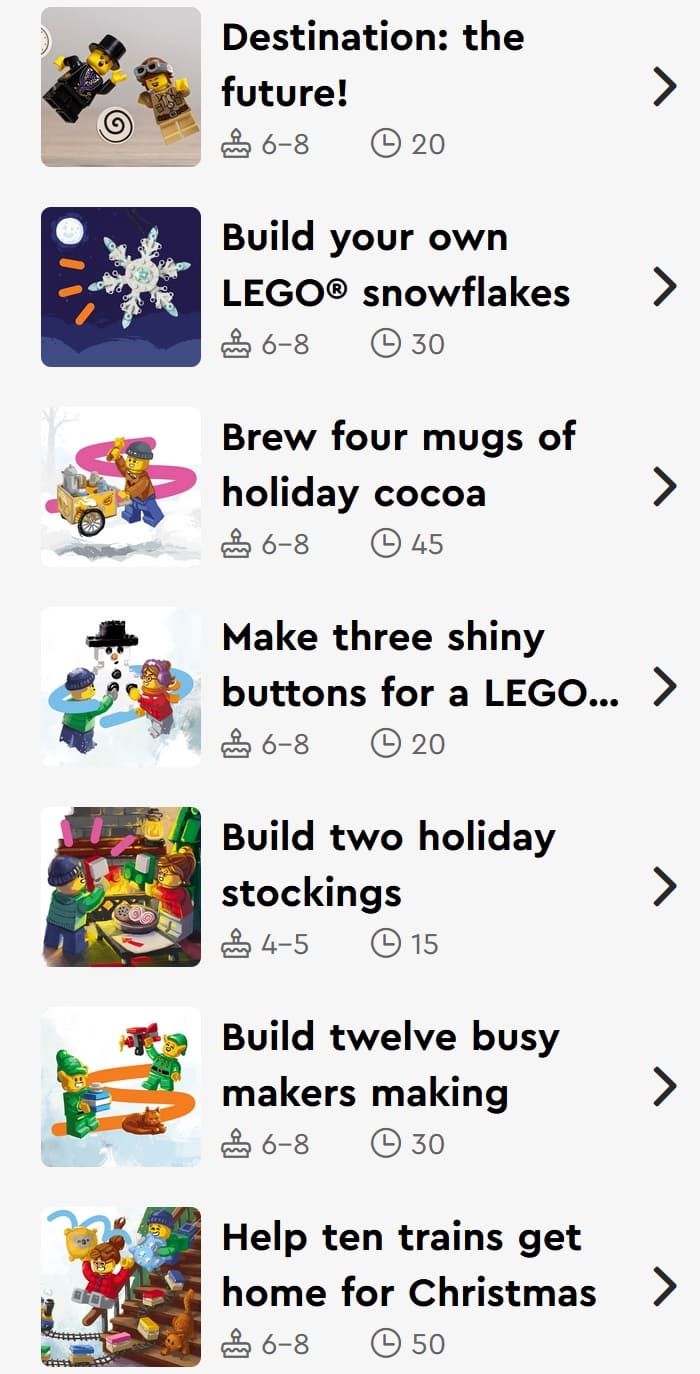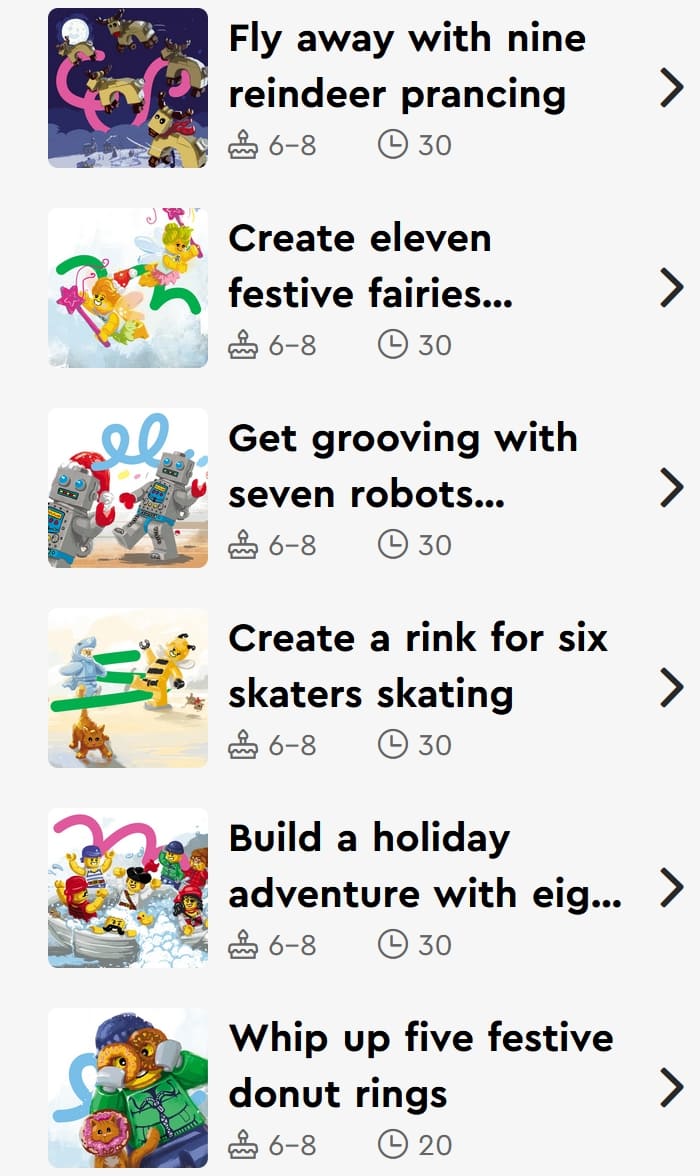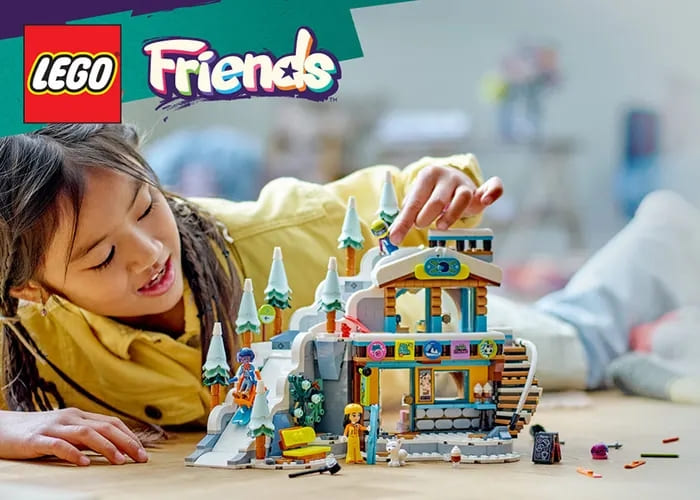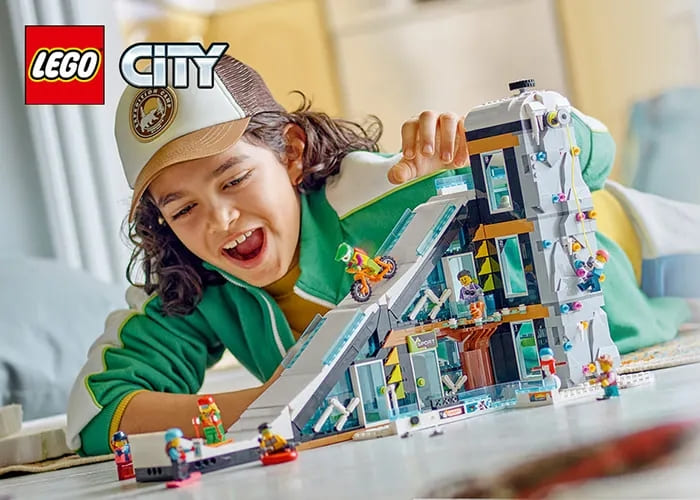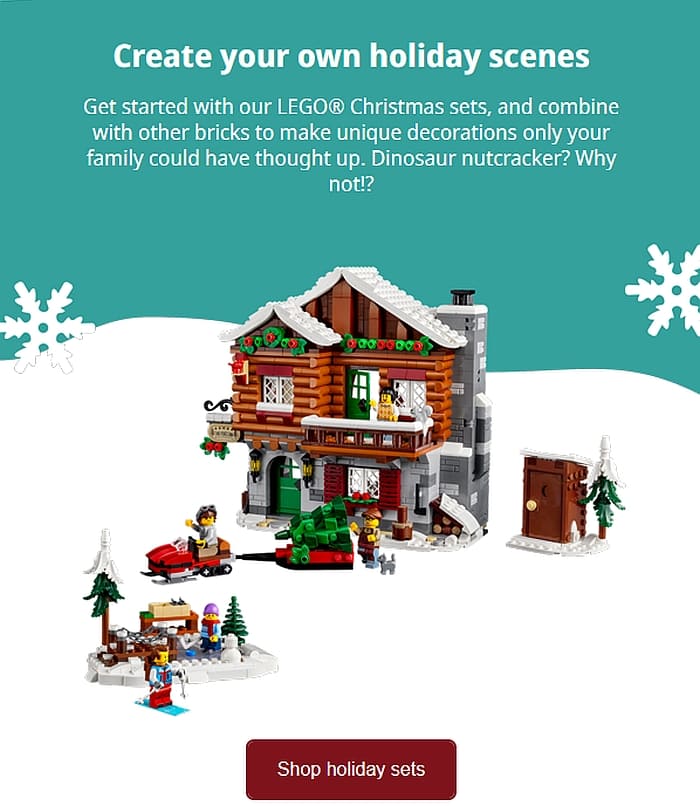The LEGO Group and Epic Games recently announced LEGO Fortnite, a new survival crafting game that is now available and free to play on PlayStation4, PlayStation5, Xbox One, Xbox Series X|S, Nintendo Switch, PC on Epic Games Store, and cloud-based gaming streaming services. This is the first play experience to come from the long-term partnership between Epic Games and the LEGO Group to develop fun and safe digital spaces for children and families. Details below.
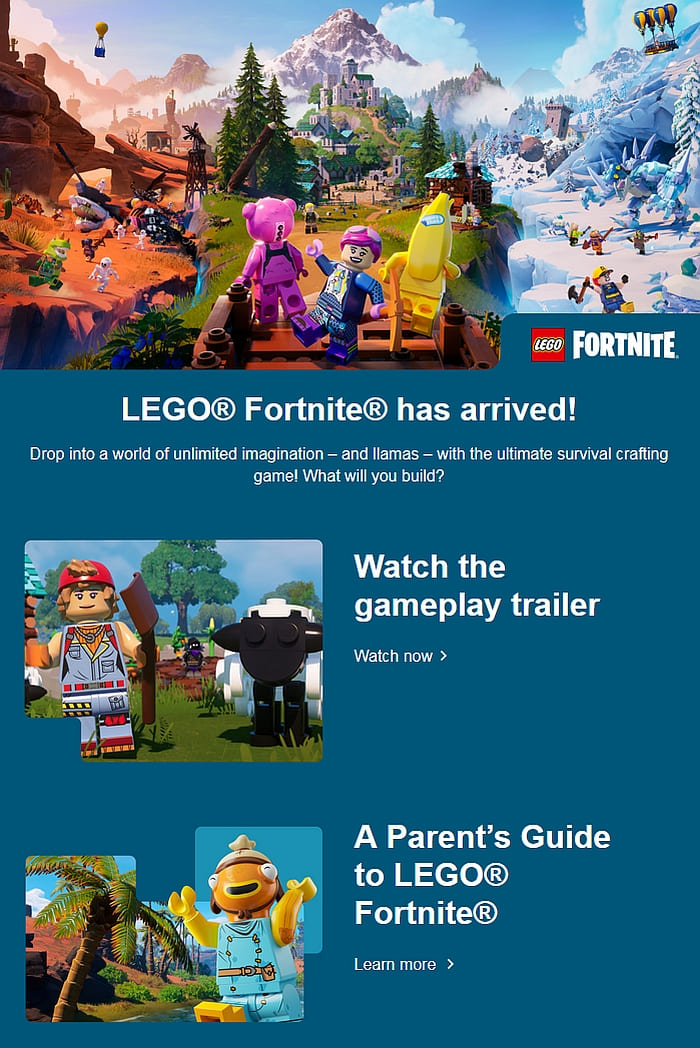
Within LEGO Fortnite, players can explore vast, open worlds where the magic of LEGO building and Fortnite collide. Designed for people of all ages to enjoy together, the game encourages creativity, experimentation, and collaboration through play.
Play as some of your favorite Fortnite characters, like Brite Bomber, Cuddle Team Leader, and Raven – but in LEGO Style. Collect food and resources, craft items, and battle enemies solo or with up to seven friends. Build a shelter for defense and customize your ultimate home base, then recruit villagers to gather materials and help them survive the night. Gear up and drop into deep caves in search of rare resources, hidden areas, and enemies. You can watch the trailer below.
Last year, the LEGO Group and Epic Games announced their partnership to shape the future of the metaverse and make it fun and safe for all. Together the companies are committed to building positive digital play experiences that enable young players to become the creators of tomorrow. LEGO Fortnite is rated E10+ by the ESRB. All experiences in Fortnite, including LEGO Fortnite, utilize the Epic Games parental controls and safety features.
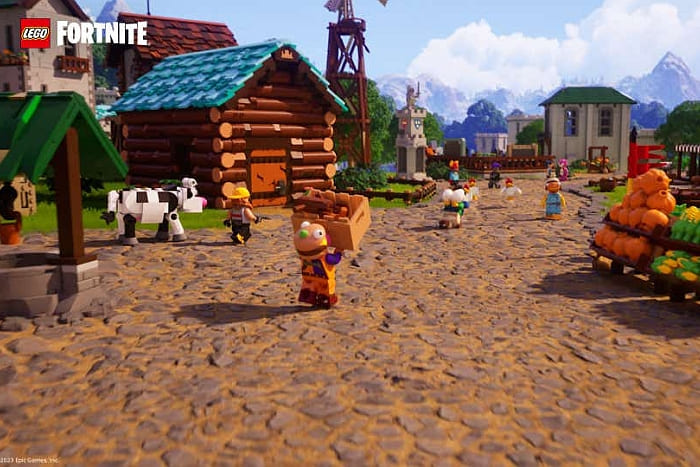
LEGO Fortnite is built inside Fortnite and powered by Unreal Engine 5, taking advantage of features such as Chaos physics and destruction to give players the ability to place, connect, and break apart bricks just like they would in the real world. The game utilizes World Partition to stream all 95 square kilometers of playable space (that’s 19x the size of the Fortnite Battle Royale Island!), and uses the Procedural Content Generation (PCG) framework to dynamically create detailed environments.
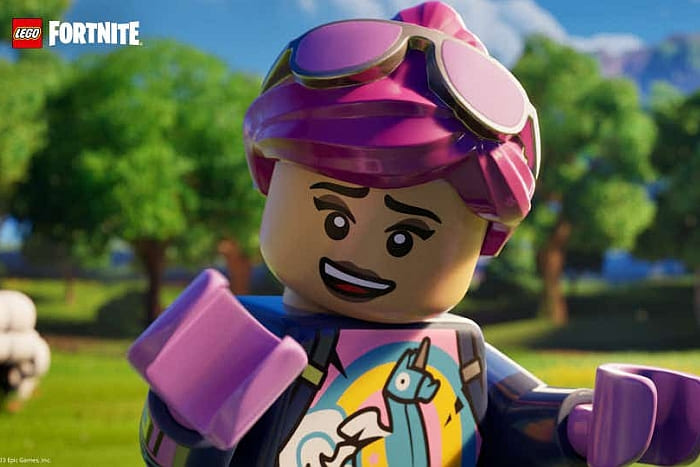
The LEGO Group is already using Unreal Engine across its broad portfolio of play and content experiences, including LEGO DREAMZzz and LEGO Ninjago. The two companies are also using Unreal Engine to build digital twins for thousands of physical LEGO elements, and are working to make these available for creators across the Fortnite Ecosystem in both UEFN and Fortnite’s Creative tools in 2024, in order to bridge the worlds of physical and digital play like never before.
Niels B. Christiansen, CEO of the LEGO Group, said: “Our partnership with Epic Games is focused on developing digital play experiences that are designed to be fun and safe, and have the potential to bridge the worlds of physical and digital play to inspire kids. Together with Epic Games, we are building digital worlds designed with kids in mind from the outset – we hope other creators and brands are inspired to do the same.”
Tim Sweeney, CEO & Founder, Epic Games said: “LEGO Fortnite offers players a new way to express themselves through worldbuilding and is an important step forward in the evolution of the Fortnite ecosystem. We look forward to continuing to partner with The LEGO Group to build immersive digital play spaces that are fun for kids and all types of players.”
The LEGO Fortnite journey is just beginning, with new worldbuilding, gameplay features, and more LEGO Style Outfits arriving in updates starting in early 2024. Fortnite is available to play for free on PlayStation4, PlayStation5, Xbox One, Xbox Series X|S, Nintendo Switch, PC on Epic Games Store, and cloud-based gaming streaming services. Also, please note that you can link your LEGO Insiders account to your Fortnite/Epic account and unlock some additional in-game content. If you would like to learn more about the game, visit the LEGO Fortnite page.
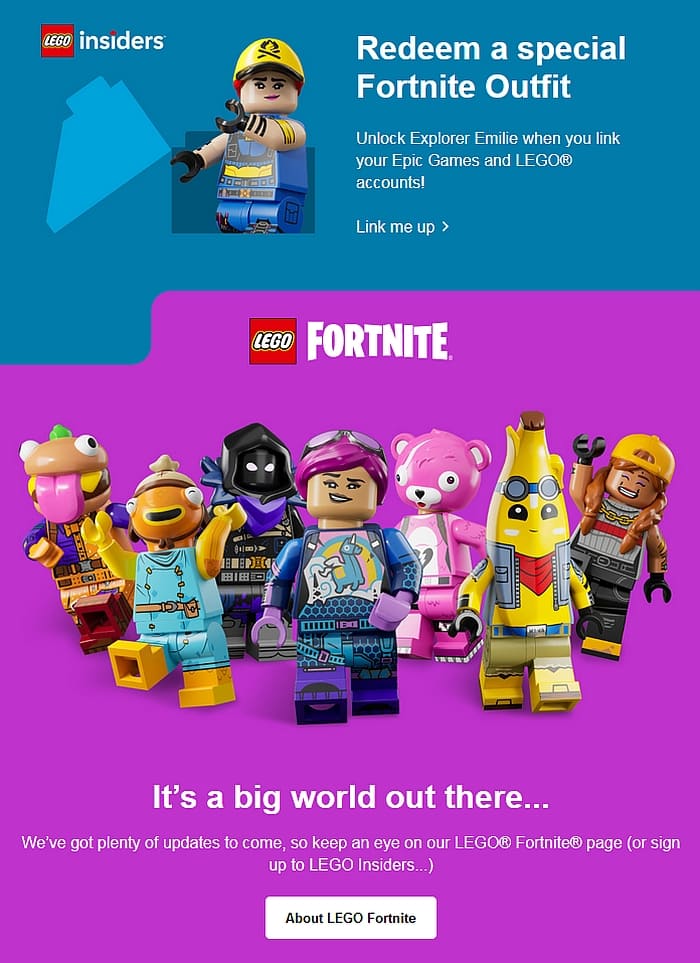
In addition, as part of the launch for LEGO Fortnite, four giant LEGO brick-built Supply Llamas have popped up in New York, London, Tokyo, and Sydney – each standing 12-feet tall and made up of 234,623 LEGO bricks, weighing 1019kg and having been built using over 850+ man hours. Fans that visit the Llamas during launch weekend can take part in fun family building activities, whilst supplies last.
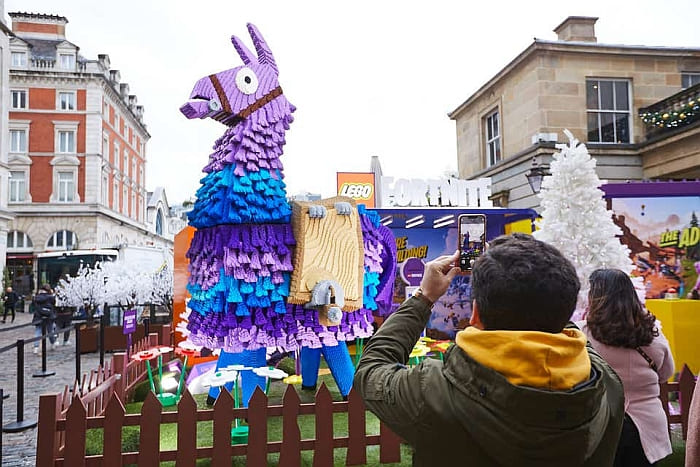
What do you think? Are you excited for the new game? Feel free to share and discuss in the comment section below!
And you might also like to check out the following related posts:



